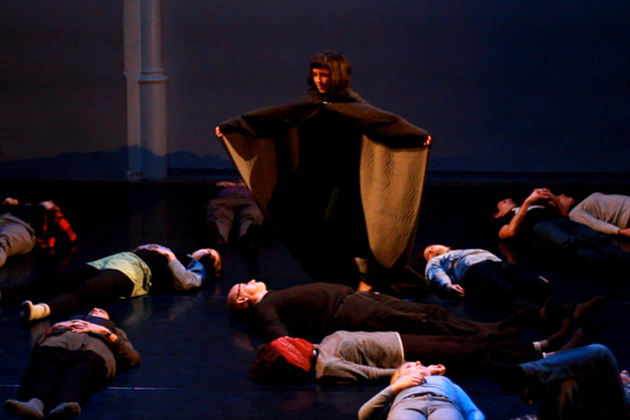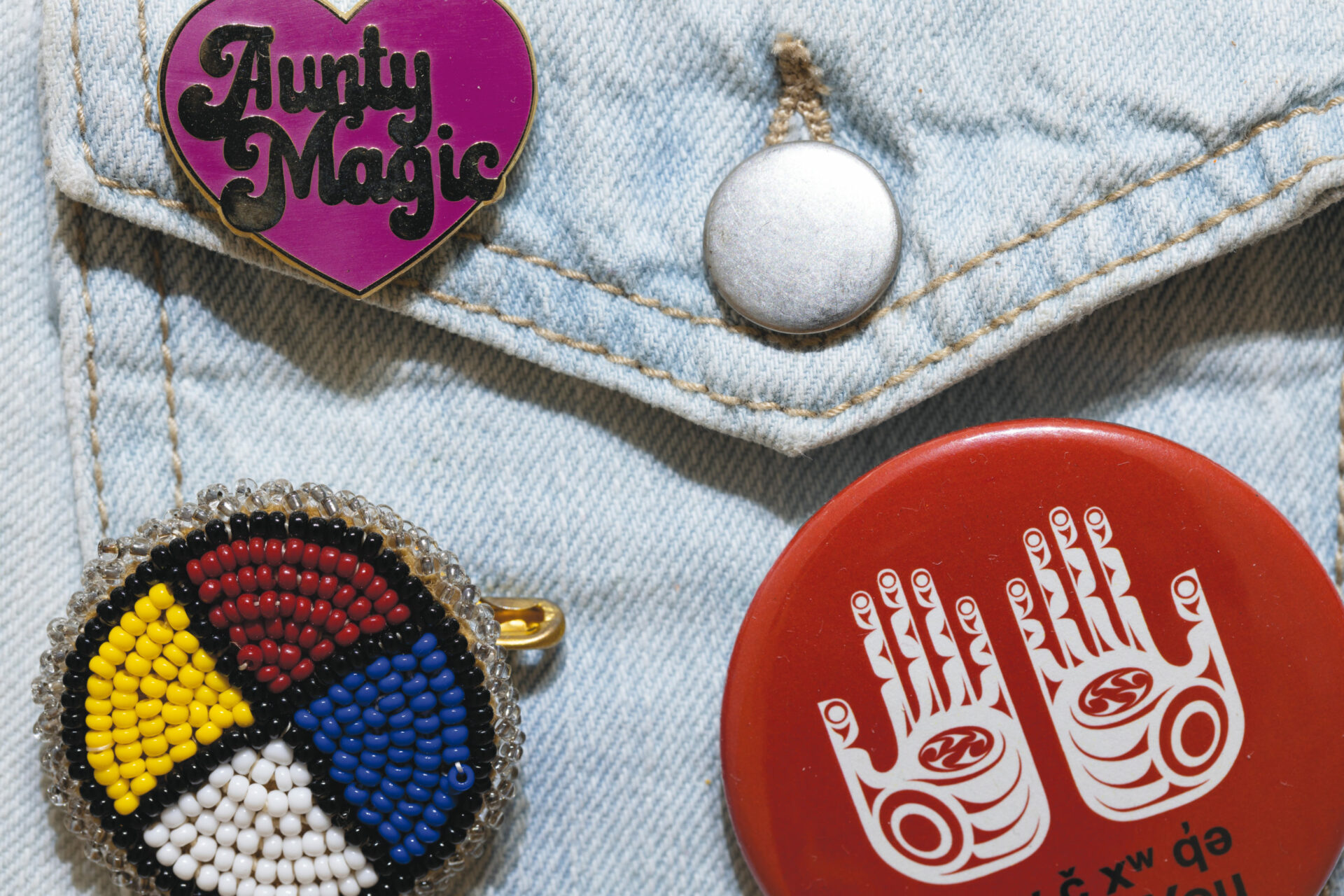
Performance view, Winchester Street Theatre, Toronto, 2018.
Photo : courtesy of Winchester Street Theatre, Toronto
Winchester Street Theatre, Toronto
March 8–10, 2018
March 8–10, 2018
[En anglais] Last summer, I recall reading an article that detailed how couples who live together share communities of microbes. As Aneri Pattani recounted in the New York Times, “each square centimetre of skin hosts between one million and one billion microorganisms,” and bodies living in proximity significantly influence one another’s epidermal ecosystems. Pattani cited co-author of the study, biologist Josh Neufeld: “The most surprising aspect... was that we could identify a microbial fingerprint common to cohabiting couples.” At the time I read this, I had recently moved into a new apartment with my partner, as well as with a close friend, and her cat. Were my partner’s and my own microscopic worlds in the process of collectively reorganizing? And what about my friend and her cat? What kind of interspecies collaboration were our innumerable microorganisms engaged in?
Notions of corporeal plenitude and contingency similarly circulate in the recent dance program Biotic: Three Dances from Life, which assembled Ark and Arche, choreographed by Jonathan Osborn with performer Danielle Baskerville, and Transitional Object, created and performed by Bee Pallomina. As an excerpt from Alphonso Lingis’s Animal Body, Inhuman Face printed in the evening’s program observes, “Our bodies are coral reefs teeming with polyps, sponges, gorgonians and free-swimming macrophages continually stirred by monsoon climates of moist air, blood, and biles.”
Créez-vous un compte gratuit ou connectez-vous pour lire la rubrique complète !
Mon Compte


